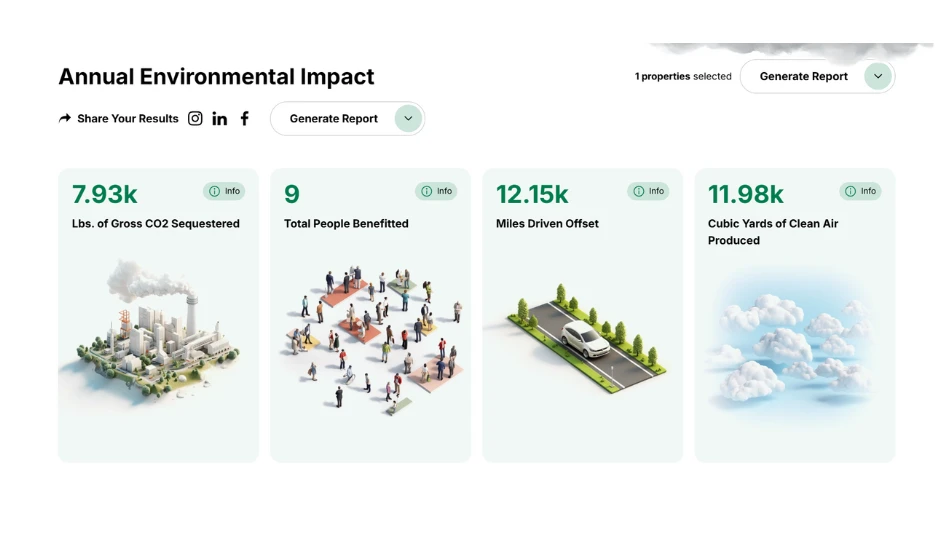TechNotes are provided by Syngenta GreenCast.
Timing Pre-emergent Application
Effectiveness of many preemergent herbicides for crabgrass control is determined by timing. Although many factors including soil moisture and turf density are involved, temperature is a major key. The ideal situation is to apply a preemergent herbicide just prior to crabgrass germination.
At this point in time your herbicide will prevent germination and last longer through the growing season. Plant phenological keys are often used to time crabgrass herbicide applications.
The Eastern redbud tree is an example of a phenological timing event.As the redbud tree approaches full bloom, crabgrass germinates. Obviously, a draw back to this plant is that redbuds are not found in every landscape. The most common plant used is forsythia. When forsythia bloom apply crabgrass will start germinating. The problem with timing based on flowering is the wide variation in air temperature that can occur. For example, in some years forsythias may bloom multiple times based on the spring weather.
Application Guidelines for Using Plant Growth Regulators
Many growers apply plant growth regulators (PGR) to their crops to control or reduce plant height. The best results are obtained when these products are applied with the intention of regulating a plant’s growth, or reducing internode elongation, throughout the growing cycle and not as an effort to stopping growth once the plants reach a salable size.
There are several commercially available products available to growers that effectively reduce stem elongation. Regardless of the plant growth regulator, the chemical rates used and the results obtained will vary with climate, season, genetics, plant stage of development, application method, application volume, and the applicator.
Obtaining consistent results with growth regulator applications can be tricky, but following a set of rules will improve the consistency of your applications, making them more successful and consistent. Below are guidelines, I recommend grower implement to improve the success of their applications.
- Choose an effective plant growth regulator for the desired crop being produced. Applying an ineffective product is a waste of time and money. If multiple products are effective, choose the chemical you have the most experience with and are most comfortable using. If an effective product is not known, conduct trials on a small scale to determine the best product, application method, and rate before making applications to the entire crop.
- Determine the application method. Applying these products using the appropriate application method could be the difference between not achieving enough control and obtaining excessive results. When you research a PGRs effectiveness on a given crop, be sure to observe which application method was used or recommended.
- Calculate the rate. The rates to apply for each application method will vary with your growing environment, time of the year, and geographic location. Application rates need to be adjusted to fit your growing environment and season. Southern rates are typically twice the rates used in the North.
- Apply PGRs throughout the production cycle rather than as the crop matures. They are much more effective when applied to young, actively growing plant tissues. Similar to scouting for insects and diseases, the need for height control should be evaluated weekly from the beginning of the crop until the time it is sold.
- Applying low rates frequently provides better results than single applications at high rates. Building PGRs into the development of the plant will provide a cumulative affect within the plant and provide for more uniform control of growth leading to a balanced and aesthetically pleasing appearance.
- Know the volume applied. The volume applied, regardless of application method, has a greater affect on the results than does the concentration (rate) of the solution being applied. 2 quarts per 100 square feet for spray applications and 4 ounces per 6-inch container are examples of typical volume recommendations. Always follow the labeled recommendations.
- Ensure proper coverage. It is important to apply the proper volume uniformly over the crops. For example, making bi-directional spray applications improves the coverage of the leaves and stems, which improves the uniformity of height reduction across an entire block of plants. Improper coverage often leads to unsatisfactory results (inadequate, inconsistent, or excessive).
- Evaluate the effectiveness of your current PGR strategies. Determine the need to modify the current PGR practices for future cropping cycles. Consider adjusting rates, changing application methods, switching plant growth regulators, or using PGR tank mixes to obtain the desirable results.
Successful plant growth regulator applications occur through a combination of following a set of guidelines, gaining comfort levels with the products being used, and from gaining invaluable experience over time. Growers must determine which products and rates will work in their own production systems; it is always a good idea to test a small group of plants for efficacy prior to treating an entire block of plants.
-Paul Pilon, Perennial Solutions Consulting, paul@perennial-solutions.com
Soil Temperature Map
|
|
|
|
Latest from Lawn & Landscape
- Bartlett Tree Experts gave away 50,000 tree seedlings for Arbor Day
- Connect, Control & Conserve with Horizon Technical Services
- Use Horizon's Parts Hotline
- How I built a Top 100 company
- Horizon’s Exclusive TurfGro Fertilizer
- Grow your business with mosquito control
- LandCare adds 2 branches in SoCal, promotes Aleman to branch manager
- Spray them away







